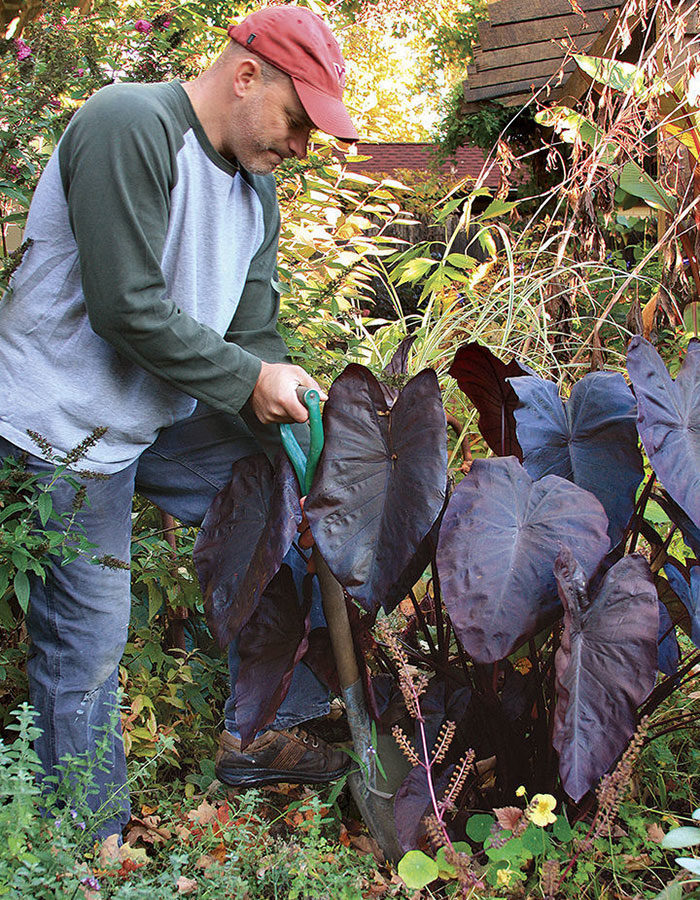
By the time that October rolls around, most gardeners are ready to throw in the trowel, retreat indoors, and curl up by the fire with a good book. But if you haven’t finished battening down the hatches and tucking in everything for winter, you won’t rest easily and spring will reveal a much bigger cleanup job than you expected. Think of cleaning up your garden in fall as akin to cleaning your house before you leave for a vacation. Just as coming home to a clean and orderly home makes transitioning back into your normal routine easier, starting in spring with a garden that’s ready to go is a joy. Here are several fall chores that will make winter a truly guilt-free rest for you and your garden.
1. Dig up tender plants
It’s tempting to plan on buying new tropicals for your pots and borders each year, but if you take the extra time to dig them up, put them in individual pots, and store them in a basement or nonfreezing garage, you’ll be starting in spring with plants that are bigger and healthier than anything you’ll find or can afford in a nursery. Check your overwintering plants every month or so to make sure that they don’t dry out completely, and start watering them and giving them light in early spring to get them growing again. Fertilize them lightly, and introduce them to the outdoors again slowly once your last frost date has passed.
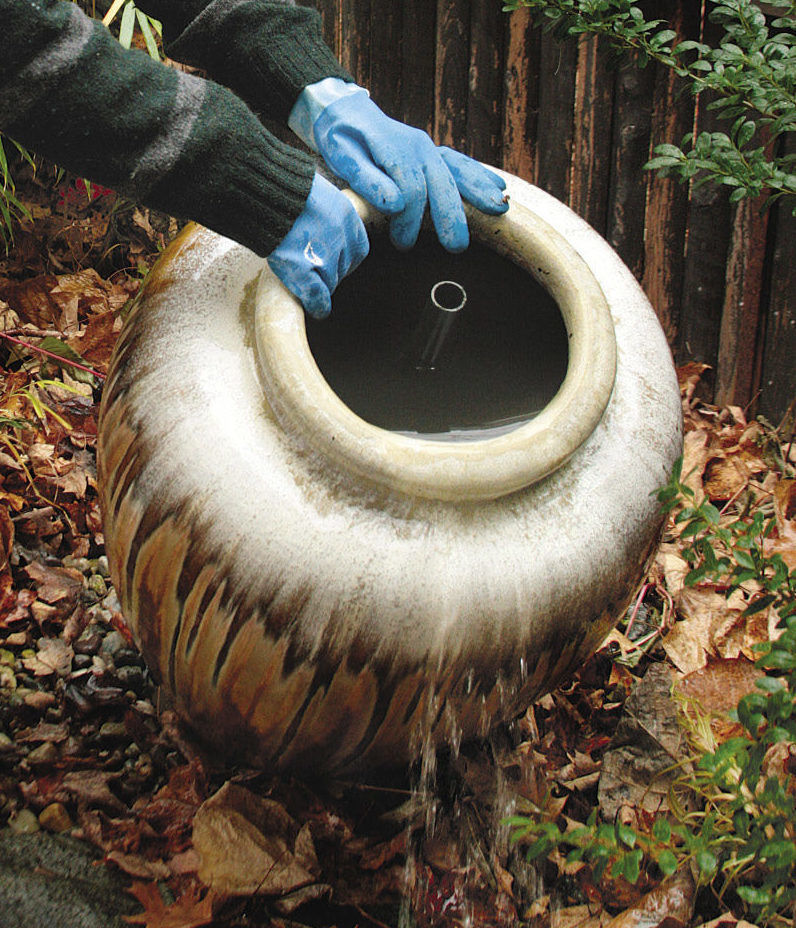
2. Shut down and winterize water features
Leaving a water fountain running or full of water in a cold climate will likely ruin both the fountain and its mechanical parts. Vessels should be emptied, cleaned, and either stored away or wrapped in plastic, and pumps should be lifted, allowed to drain and dry, and stored.
3. Protect delicate ornaments

It’s amazing what you can lose in a garden under a thick carpet of snow. One swipe of a snow shovel can decapitate a hibernating garden gnome, while an innocent pass of a plow can topple a hidden birdbath. Take a look around your garden to identify objects that might be vulnerable to winter activities, and move them to safer spots until spring returns.
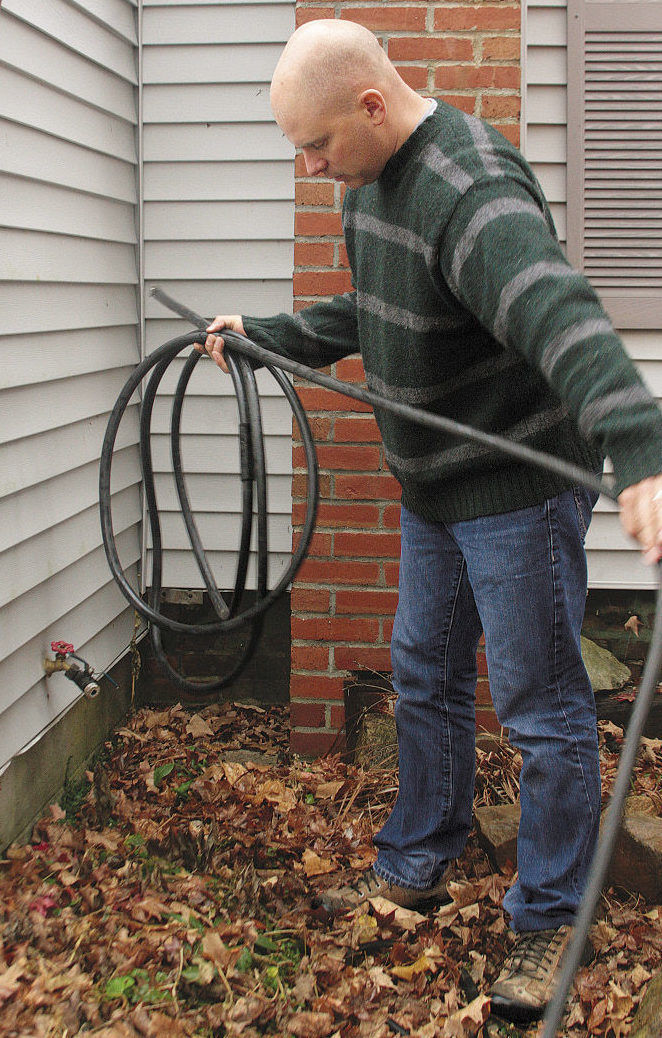
4. Put away water hoses, and drain spigots
All it takes is one night below 32°F to crack and ruin your favorite watering wand. And if you don’t winterize your spigots, you might find yourself with a flood in your basement as a result of a burst pipe. Before freezing temperatures set in, disconnect your sprayers, drain and store your hoses, and winterize your spigots. Think you’ll forget? Invest in frost-proof spigots that don’t need to be winterized.
5. Take delicate containers indoors

Unless you plant exclusively in concrete, foam, or fiberglass containers, you’ll need to move your containers indoors to prevent them from being damaged by freezing in cold climates. Terra-cotta pots absorb moisture that, when it freezes, causes pots to break up in flakes, while glazed pots can crack from the expanding soil and water inside them. While it’s a lot of work to haul containers inside and back out again in spring, losing one valuable pot because you didn’t spare the time or effort will motivate you for years to come.

6. Prune deadwood from trees and shrubs
Snow is heavy. And if your trees have any dead branches, winter is when they’ll inevitably fall, potentially compromising roofs, power lines, and hardscaping, not to mention other trees and shrubs. Before the snowflakes start to fly, take a few minutes to identify any potential problems and then pull out the pole saw.
7. Take cuttings of your favorite tropicals

Some tender plants might be too big to move indoors or, perhaps, not really worth the effort to dig up, but you still want to have them next year. That’s when taking a few cuttings in early fall comes in handy. Cuttings of plants like coleus (Solenostemon scutellarioides cvs., Zones 12–13) are easily rooted either by planting them directly in small pots of soil or sticking them in a glass of water on a windowsill until you have time to pot them up. These cuttings might not look happy after a long winter indoors, but with some springtime TLC, they’ll be off and running in no time.
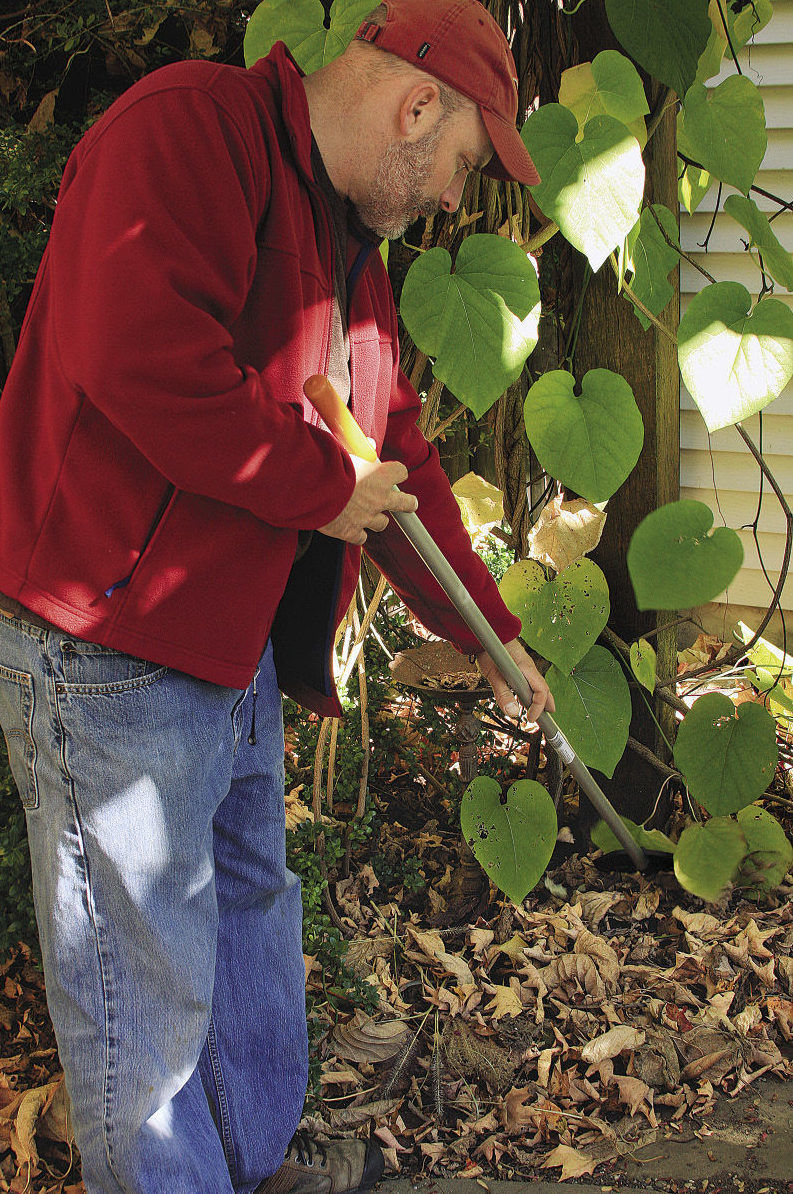
8. Blow and rake leaves from nooks and crannies
In most cases, leaving fall’s detritus in place won’t do your garden much harm. But during a long, cold winter, that fluffy layer of colorful fallen leaves turns into a half-rotted brown mess, which knits itself together into a slippery, compacted, sodden mass that is immune to a leaf blower. Come April, you’ll be raking this mess out of every corner and crevice when you’d rather be shopping at the nursery. Also, doing it now will make your garden look extra tidy for winter.
Lest you get overzealous
In your quest to get your beds cut back and tidy for winter, keep an eye out for the following perennials that resent being cut back in fall. These plants are much more likely to survive winter if their framework is left in place until spring. When temperatures begin to warm and the plants begin to sprout, prune them gently, cutting out dead stems and shortening by no more than two-thirds any live stems that have buds.
 |
 |
 |
1. Common sage(Salvia officinalis and cvs., USDA Hardiness Zones 5–8) |
2. Russian sage(Perovskia atriplicifolia and cvs., Zones 6–9) |
3. Lavender cotton(Santolina spp. and cvs., Zones 6–11) |
 |
 |
4. Lavender(Lavandula spp. and cvs., Zones 5–9) |
5. Artemisia(Artemisia spp. and cvs., Zones 3–9) |
Michelle Gervais is a senior editor who gardens with her husband and daughter on a half acre in New Milford, Connecticut.
Photos: Michelle Gervais; Steve Aitken
Fine Gardening Recommended Products

DeWit Spork with Solid Socket
Fine Gardening receives a commission for items purchased through links on this site, including Amazon Associates and other affiliate advertising programs.
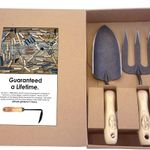
Dewit 3-Piece Tool Gift Set with 3-Tine Cultivator, Forged Trowel and Forged Hand Fork
Fine Gardening receives a commission for items purchased through links on this site, including Amazon Associates and other affiliate advertising programs.

Gardena 3103 Combisystem 12-Inch To 20-Inch Adjustable Metal Fan Rake Head
Fine Gardening receives a commission for items purchased through links on this site, including Amazon Associates and other affiliate advertising programs.



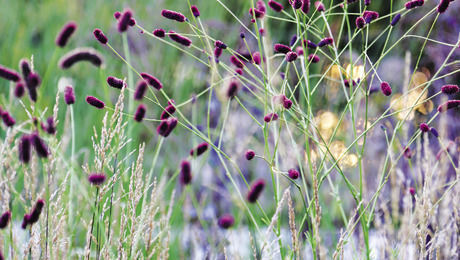

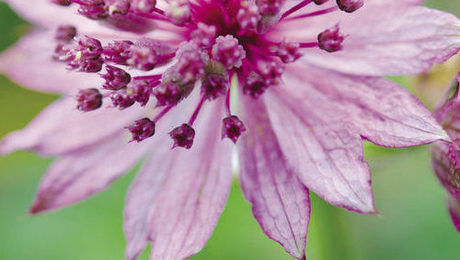













Comments
Fine Gardening has so many useful articles but the tip to blow leaves out of garden beds in the fall to make flower beds "look tidy" is horrible advice that's also deleterious to the many insects, including queen bees, who need leaf debris and dead stems for winter protection. In addition, leaf matter breaks down and adds organic matter to the soil as it breaks down. The science is clear that leaf matter in flower beds is highly beneficial to flora and fauna alike. For those who are unconvinced, please read Doug Tallamy's Nature's Best Hope.
Log in or create an account to post a comment.
Sign up Log in